Circulatory System Of Cnidaria
Circulatory system of cnidaria. Cnidaria do not have a circulatory system but it is replaced by diffusion across different germ layers including that of the GVC. Wastes can also be disposed at these sites. Cnidarian cells exchange oxygen and carbon dioxide by diffusion between cells in the epidermis and water in the environment and between cells in the gastrodermis and water in the gastrovascular cavity.
Respiration in cnidarians occurs without any of the following specialized organs. Cnidaria - The Circulatory System. Cnidaria is a large phylum composed of some of the most beautiful of all the salt and freshwater organisms.
Cnidaria include jellyfish hydras coral and sea anemones. The phylum cnidaria contains a wide variety of animals that live in an aquatic setting. Respiratory systems are the body system responsible for taking in needed gases and removing waste gases.
The phylum cnidaria is a phylum consisting of many known animals such as the coral and jellyfish. It is an aquatic animal that differs in the respiratory system from many other phylums. Most of the living cells in cnidarians are in direct contact with water causing them to live in clean constantly moving water and they therefore do not have or need true a circulatory system.
Cnidaria animals circulatory system moves blood to a site where it can be oxygenated. Circulation then brings newly oxygenated blood to. Flatworms have specialized.
The circulatory system serves to move blood to a site or sites where it can be oxygenated and where wastes can be disposed. The true jellyfish. The purpose of a circulatory system is to transport oxygen and nutrients throughout the body which is already done as oxygen and most nutrients needed for these aquatic animals can be found in the water.
A cnidarian neither needs nor possesses a respiratory system. Circulatory System in Coral.
Cnidarians such as corals have no circulatory organs or respiratory system.
The phylum cnidaria contains a wide variety of animals that live in an aquatic setting. There are grooves in its mouth that are ciliated which help to circulate water through its gastrovacular system. Cnidarians are the one of the most simplest of organisms and they do not have a closed or open circulatory system. The purpose of a circulatory system is to transport oxygen and nutrients. Wastes can also be disposed at these sites. Instead they actually have a gastrovacular cavity that has one opening. The water around the animals contains oxygen and. Instead the cells take in the oxygen directly from. Cnidaria do not have a circulatory system but it is replaced by diffusion across different germ layers including that of the GVC.
Platyheminthes can diffuse there food without the need for circulatory respiratory and excretion systems. They mostly use diffusion as their means of circulating materials through their bodies. Diffusion is the most simplest form of circulating materials. Respiration in cnidarians occurs without any of the following specialized organs. Circulation then brings newly oxygenated blood to. The purpose of a circulatory system is to transport oxygen and nutrients. How is the circulatory system designed in leech to compensate the heart structure.




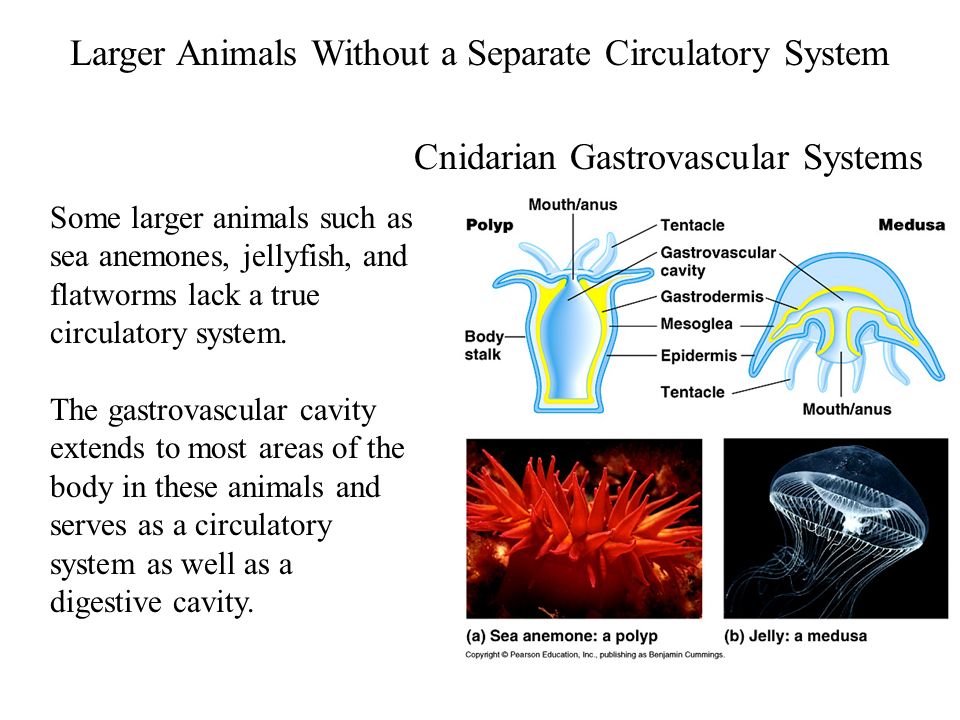

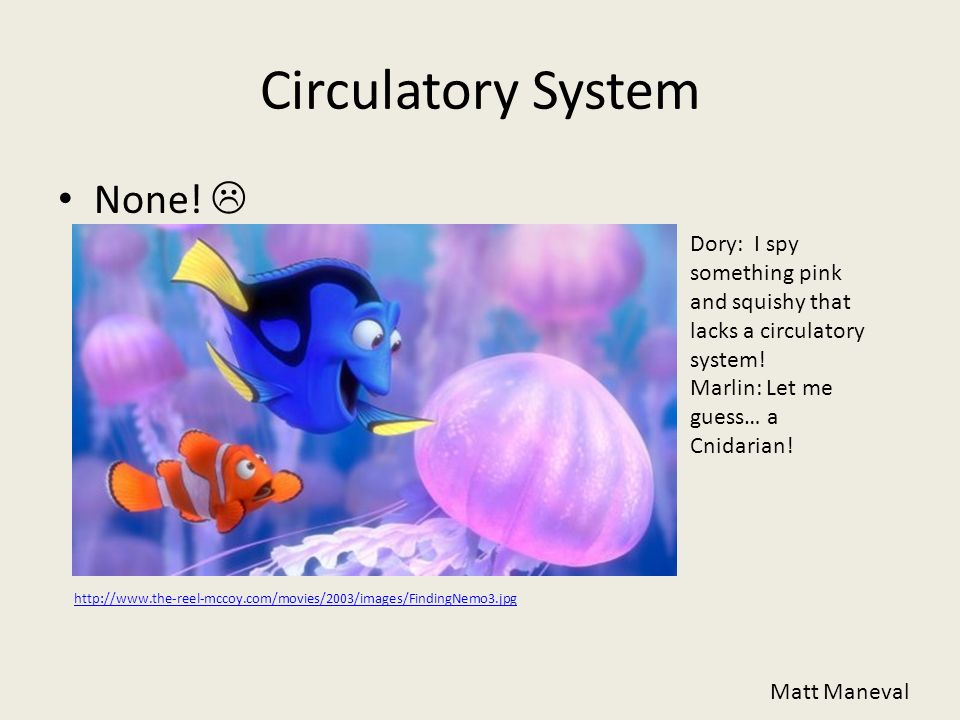
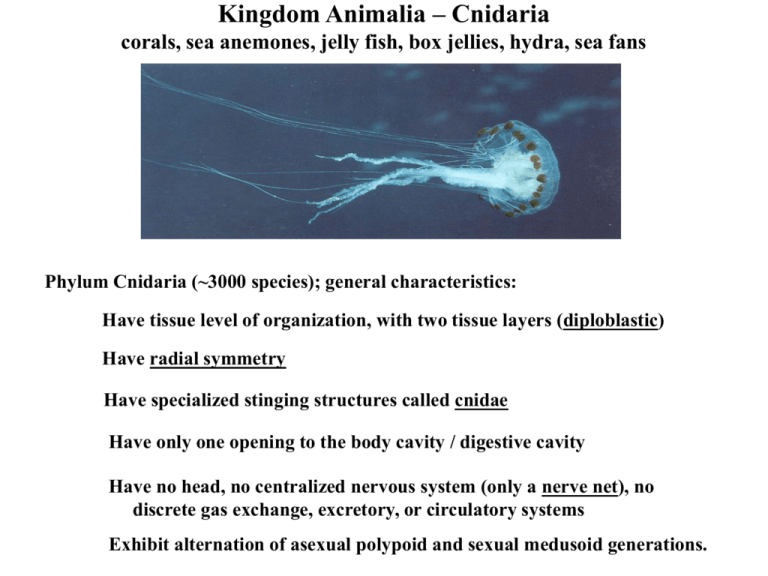



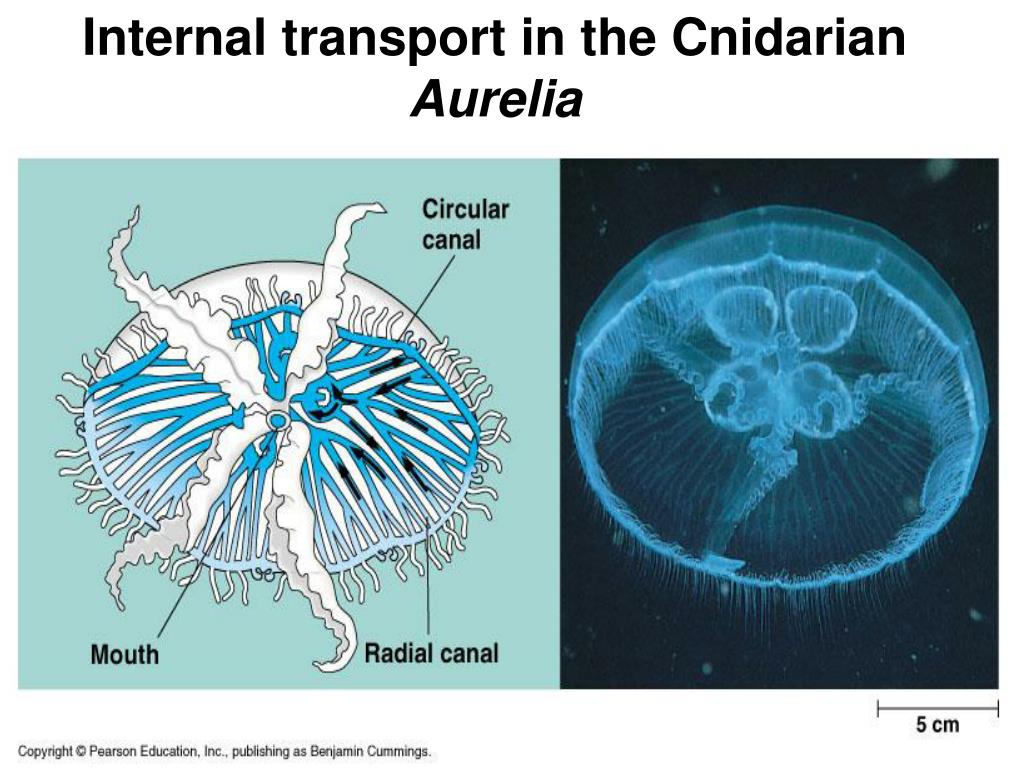














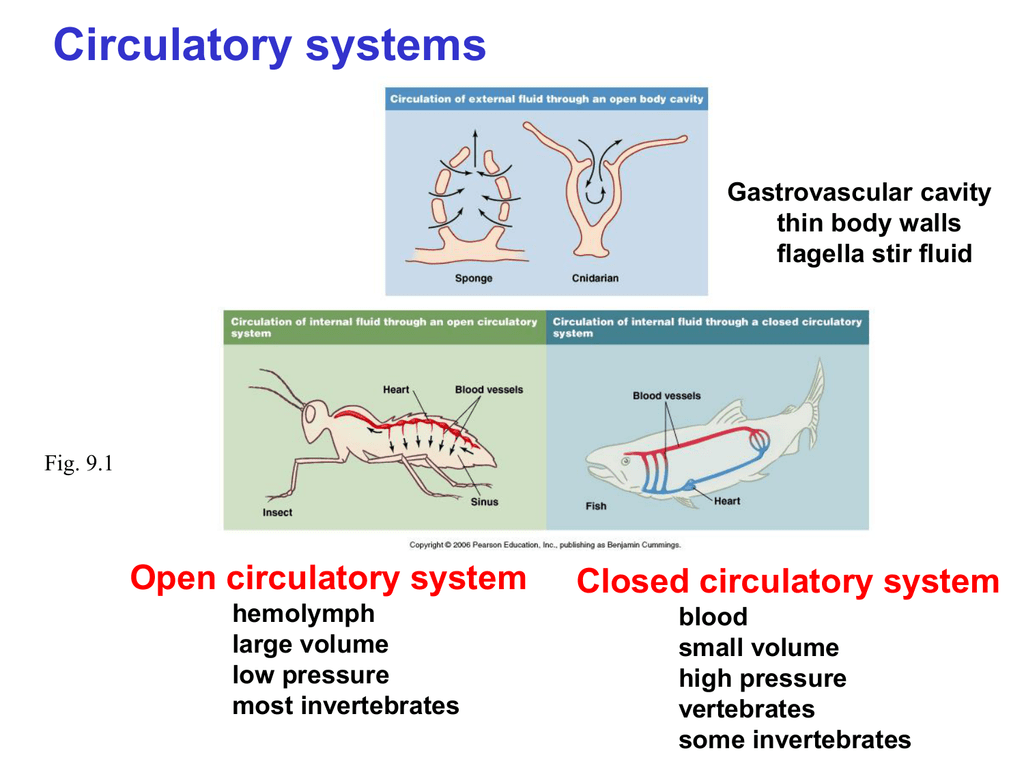

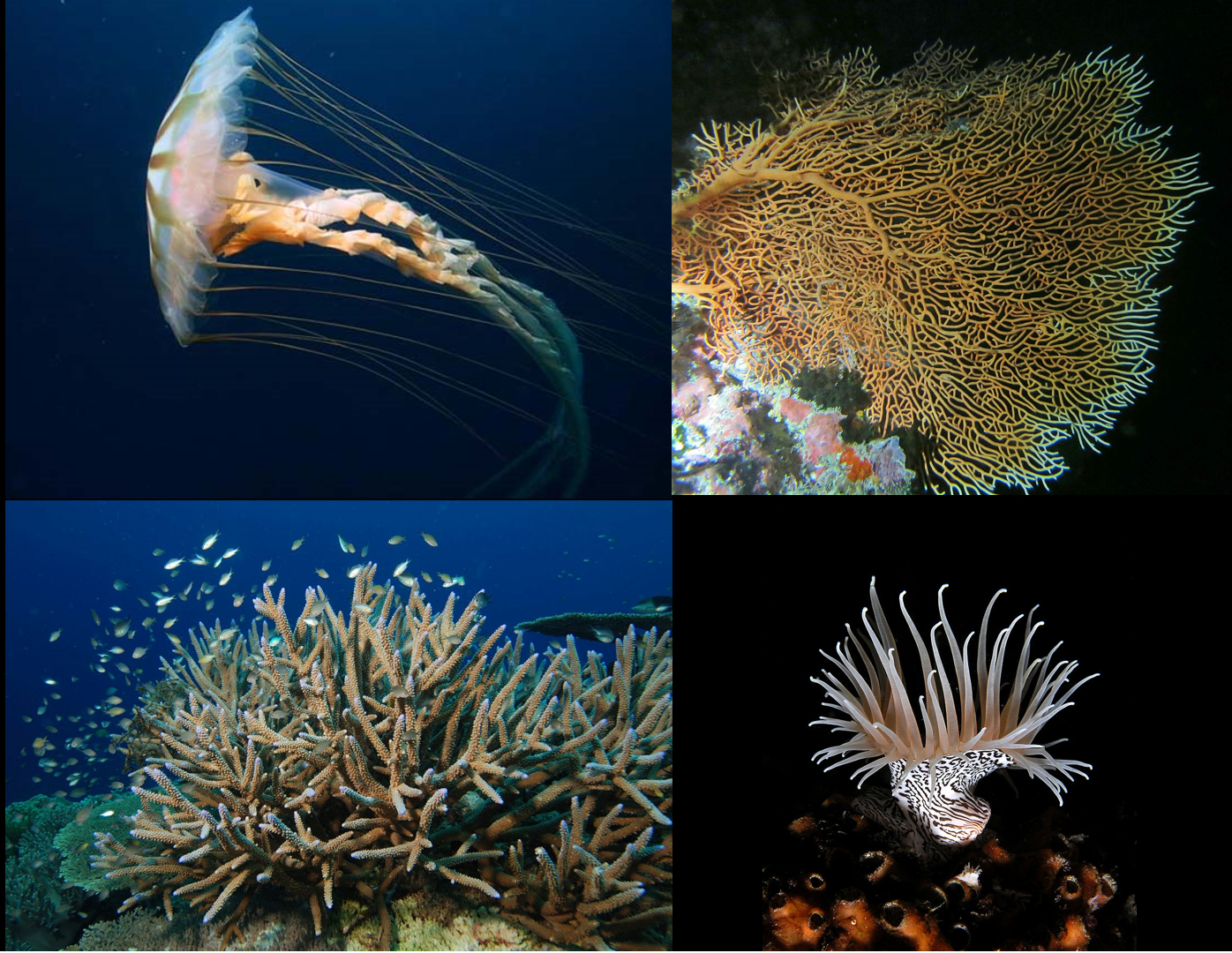
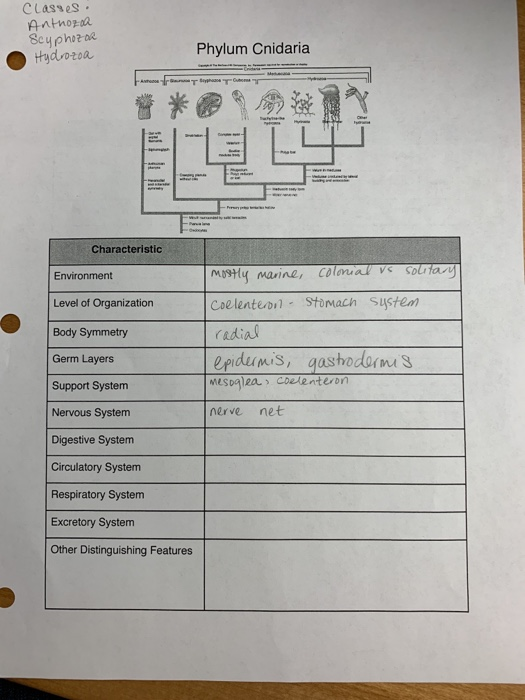
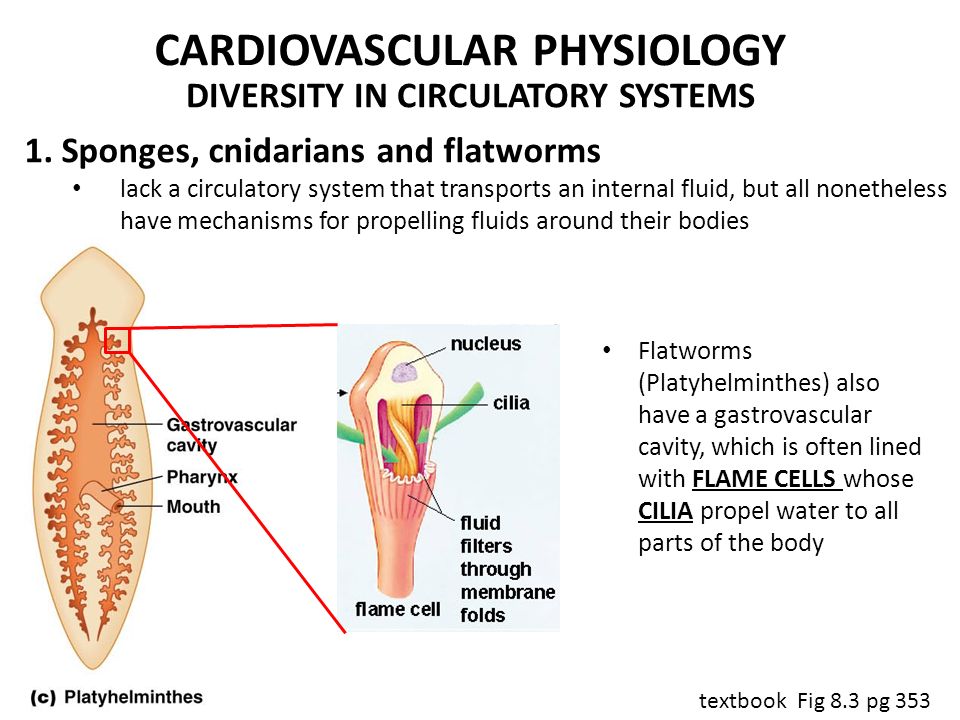



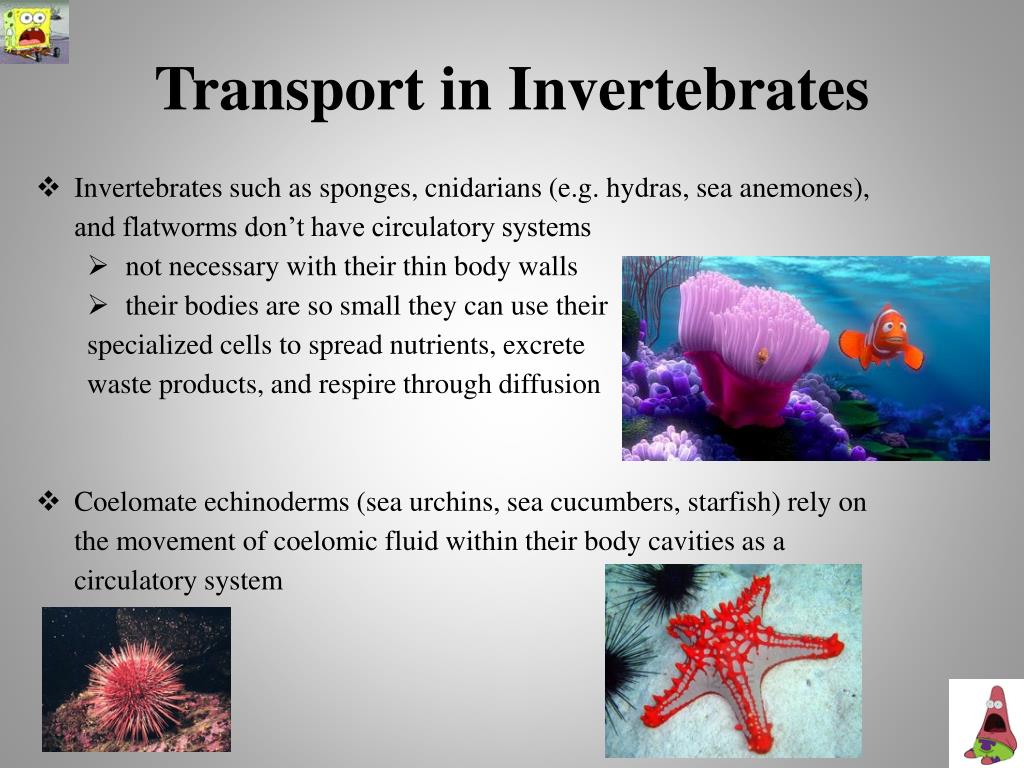


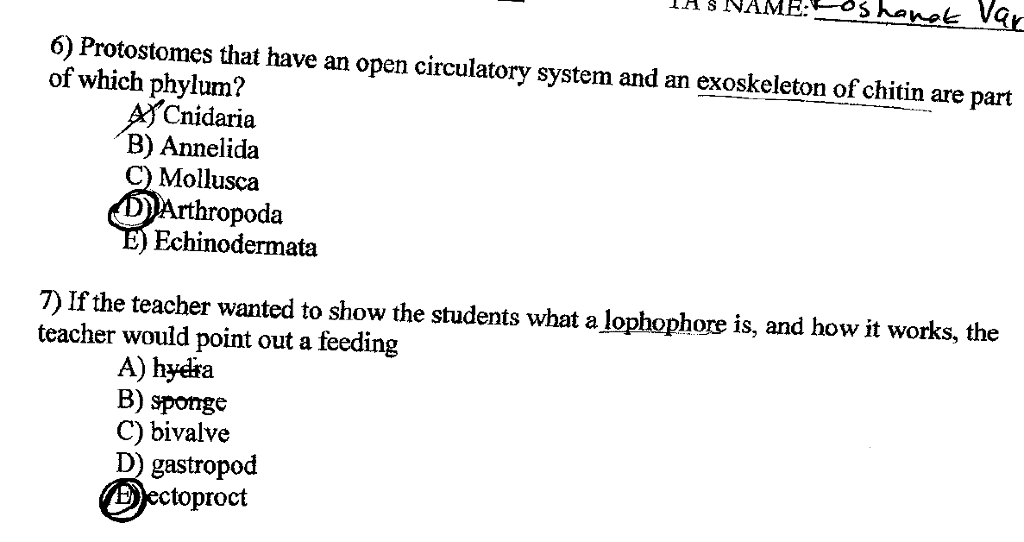
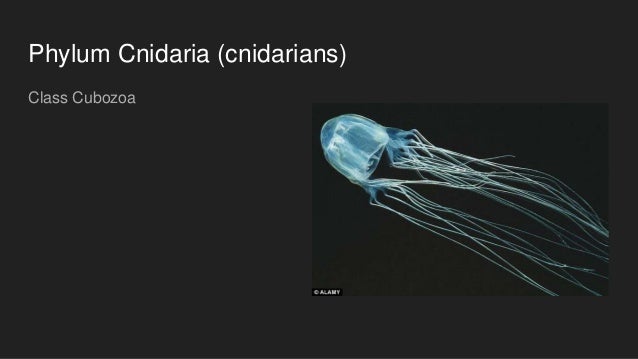

Post a Comment for "Circulatory System Of Cnidaria"